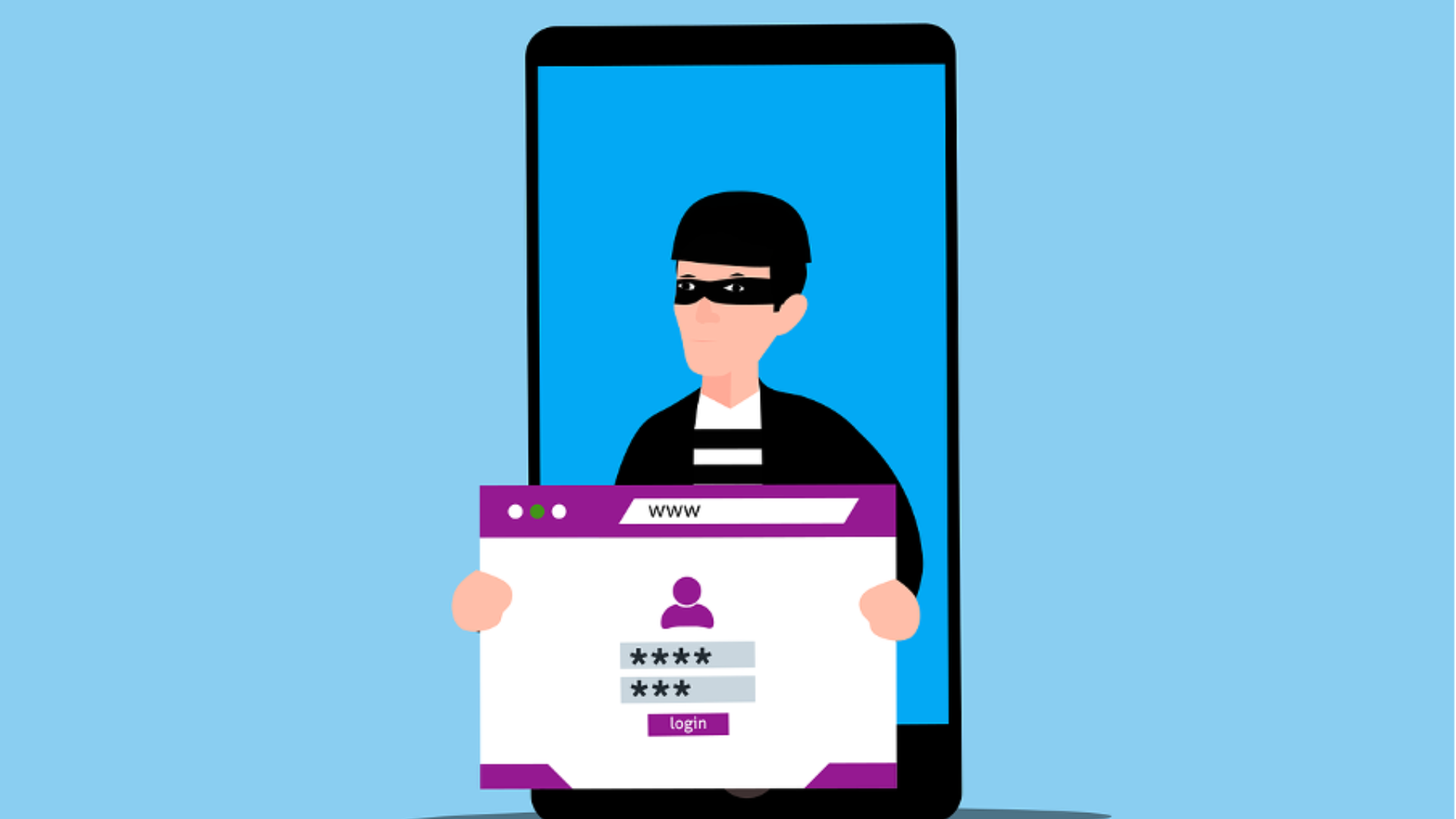The Importance of IT Backups for Companies in Orange County, CA
Companies of all sizes rely heavily on technology to drive their operations, including in Orange County. From financial records to customer data, the...
7 min read
Jeff : Jun 12, 2024 1:40:43 PM
Every company worldwide needs a solid cybersecurity and compliance program that enables it to fulfill regulatory requirements. Your MSP (Managed Service Provider) knows that the point isn't just to apply compliance measures that allow organizations to operate legally - but to deliver cybersecurity frameworks that go beyond industry standards and help clients follow best practices. Let's take a look at what a small to medium sized business needs to know about cybersecurity and compliance to stay safe.
What is cybersecurity compliance?
Cybersecurity compliance is a form of organizational risk management that ensures companies protect the confidentiality, integrity, and availability of the data to which they have access. For MSPs, cybersecurity compliance involves understanding specific industries and sectors' major cybersecurity compliance requirements and the approaches that adhere to key regulators and legislation.
Safeguarding sensitive data involves grasping the standards and frameworks of regulatory bodies like the General Data Protection Regulation (GDPR), the Payment Card Industry Data Security Standard (PCI DSS), the National Institute of Standards and Technology (NIST), or the Health Insurance Portability and Accountability Act (HIPAA).
Why is compliance important in cybersecurity?
Nowadays, most organizations, if not all, work with data, and all have a digital attack surface that consistently increases. Access to intelligence and critical information, like email addresses, bank accounts, cardholder data, and more, puts companies at risk, making them vulnerable to cyberattacks.
Cybersecurity compliance allows businesses to protect their resources while ensuring they are legally entitled to operate their business. Conversely, a lack of compliance with cybersecurity standards and frameworks may translate into significant fines that can affect a company's bottom line and even lead to bankruptcy.
Types of data subject to cybersecurity compliance
Personal Identifiable Information (PII)
Personal Identifiable Information is any data that may contribute to identifying a specific individual, distinguishing one person from another, and deanonymizing previously anonymous data.
Personal Identifiable Information may include names, addresses, social security numbers, or driver's license numbers.
Personal Health Information (PHI)
PHI, personal health information or protected health information, is defined by HIPAA as data relating to an individual's past, present, or future health. This category includes insurance information, healthcare records, and other data to which medical providers have access.
Financial Information
There is some overlapping between financial and PII, but financial information refers to bank account numbers, credit card data, or other data about a person or a company's monetary transactions.
Benefits of having a cybersecurity compliance program
All companies need a cybersecurity program to identify and adhere to industry-specific and regional regulations. To bring added value, MSPs combine mandatory standards and frameworks with other security measures and technologies to create cyber resilience. These services prepare clients for potential cyberattacks and minimize losses, penalties, and fines should a data breach occur.
Cyber resilience has several benefits for businesses:
Cybersecurity resilience protects reputation and trust capital.
Some of a company's greatest assets are its reputation and trust capital, as these are the values that attract and retain consumers. Although their worth is often inestimable, they are crucial for good business. A cybersecurity incident can affect these metrics, sometimes to the point of no return.
Cybersecurity compliance supports smooth business and the bottom line.
A good cyber security resilience program enables companies to keep their data safe and avoid up to millions of dollars in losses that would disrupt business operations and impact profitability.
Cybersecurity compliance keeps companies away from fines.
Many companies focus on understanding and accommodating compliance costs without realizing that those associated with noncompliance are significantly higher. The more sensitive the information they access and manage, the more stringent the potential fines.
For example, each HIPAA violation costs between $100 and $50,000, while PCI DSS violations require companies to pay up to $10,000 monthly until compliance is proven.
With the GDPR infringements, companies may also pay up to $22 million or 4% of their annual turnover. Amazon made headlines in 2021 when the company announced a GDPR fine of $887 million.
An effective cybersecurity program improves the organization's security posture.
Security posture defines an organization’s cybersecurity status, focusing on everything from networks to systems and people’s capabilities. The term showcases how prepared the company is to respond to ever-changing cyber threats.
Cybersecurity compliance enables MSPs to adopt strategies and tools contributing to better security posture.
6 steps to create a cybersecurity compliance program
Creating a program that ensures regulatory compliance is a challenging task, especially since each initiative needs to adapt to the organization’s business, industry, and regional regulations. Still, there is a step-by-step model that MSPs can take into account and incorporate into their workflows:
The first step to regulatory compliance is to identify with what types of data the company handles, in what locations it operates, and with what regulations it must comply. This information sets the premise for future endeavors.
MSPs often involve compliance specialists or attorneys in this stage to ensure they identify all the requirements and regulatory bodies companies need to comply with.
Creating a compliance team starts with naming the CISO or Chief Information Security Officer. SMBs with outsourced IT functions rely on their MSP as their CISO. That’s why MSPs must prioritize cybersecurity compliance as part of their service offerings. The vendors and solutions that MSPs work with must support these standards and regulations.
Additional cybersecurity and compliance team members include IT experts like the Chief Technology Officer, Chief Information Officer, Chief Operating Officer, or IT Manager.
During an initial risk analysis, MSPs identify vulnerabilities and cybersecurity risks and talk to the SMB about their risk tolerance, business continuity and disaster recovery (BCDR) needs, and available budgets. This approach enables them to identify the best solution for each company. MSPs might use different tests, including internal and external penetration testing when assessing cybersecurity readiness.
Just as MSPs test their clients to increase security and close open doors, MSPs must also asses their vendors. Axcient brings in third-party threat and security management providers to complete unbiased testing on products and specific product features, data centers, and corporate networks to ensure that they perform as expected.
After determining the risk tolerance and regulations a business needs to comply with, the next step is to put technical control measures in place. Examples include standardizing anti-virus protections, implementing firewalls, encrypting sensitive data, training employees, performing patch management, or creating access control lists based on credentials and passwords.
Once technical controls are in place, it is time to address how to use them and what are the mandatory requirements. To do so, you must document policies that set guidelines for IT teams, employees, and any third party accessing the network or customer data. The best way to ensure these policies get followed is through constant internal or external audits.
Because the digital environment evolves quickly, so do cyber threats. That’s why legislation and security requirements can change rapidly. MSPs and cybersecurity and compliance teams are responsible for reviewing legal frameworks, staying connected to updates, and discovering new technologies and safety strategies. Moreover, disaster recovery planning and testing should be part of any business’s regular processes to ensure rapid recovery.
While no one wants attacks to happen, it’s an MSPs job to prepare clients for a data breach and develop business continuity processes that enable them to respond quickly.
What do insurance companies/policies require for a cybersecurity compliance program?
Cyber liability insurance further helps companies protect themselves from the consequences of a cybersecurity incident. Cyber liability insurance allows companies to recover potential losses associated with interruptions to business flow, including ransomware and other attacks, natural disasters, and contract penalties.
Companies partnering with security-first MSPs prioritizing comprehensive BCDR can better meet today’s insurance criteria. As a result, these companies can typically lower their monthly insurance premiums. While the cost savings benefit the business, the MSP also gains a positive reputation as a cybersecurity and compliance-focused provider in the channel.
While each insurance company has its share of policies and requirements with which companies should comply, basic principles include:
Companies that comply with their insurer’s requirements will remain protected when a breach occurs and reduce their expenses after the dust settles.
Major cybersecurity standards and regulations
National Institute of Standards and Technology
The NIST sets standards and best security practices for protecting data used by United States government organizations and contractors.
Health Insurance Portability and Accountability Act
HIPAA was passed by the United States Congress in 1996. The legislation protects the confidentiality, integrity, and availability of PHI. HIPAA is particularly relevant for healthcare industry providers and businesses operating in the United States.
General Data Protection Regulation
GDPR was issued in 2018 by the European Union to harmonize data protection laws across the continent, covering states from the EU and the Economic European Area (EEA). The legislation also addresses how the transfer of personal data should be made outside of the EU and EEA areas, making it mandatory for any organization that targets European consumers, even if their operations are based elsewhere.
Payment Card Industry Data Security Standard
PCI DSS is the global security standard companies of all sizes must adhere to, to process payment cards, store cardholder data, and accept credit card payments. PCI DSS-compliant organizations must renew their status and undergo external audits yearly.
ISO/IEC 27001
The ISO/IEC 27001 is an international standard that validates the correct implementation of the Information Security Management System, belonging to the International Organization for Standardization (ISO) and the International Electrotechnical Commission (IEC) 27000.
Cybersecurity Maturity Model Certification
The Cybersecurity Maturity Model Certification (CMMC) is a Defense Industrial Base (DIB) contractors-only U.S. Department of Defense (DoD) program. Its role is to guarantee that DoD contractors adequately protect sensitive information, such as Federal Contract Information and Controlled Unclassified Information (CUI).
Comprehensive BCDR with cybersecurity and compliance support
Your MSP is protecting your company’s data and IT infrastructure with an industry-leading solution from Axcient, which is helping MSPs and their clients meet compliance standards. In third-party SecurityScorecard evaluations, Axcient earns consistently high cybersecurity A ratings and above-average industry scores compared to competitors.
The x360 Platform includes x360Recover for business continuity and disaster recovery, x360Cloud for Microsoft 365 and Google Workspace backup, and x360Sync for secure file sync and share. Axcient’s industry-first Chain-Free backup technology, automated security features, and user-friendly business continuity protections deliver uninterrupted data availability to keep businesses running. Axcient is SOC 2 certified and can help MSPs and their clients be HIPAA and GDPR-compliant. Axcient data centers are SSAE 16 Type II or SOC certified and provide 99.999% reliability, translating to less than 5 minutes on average of downtime annually.
Furthermore, even if your last line of defense is breached, Axcient’s AirGap technology ensures businesses can retrieve their deleted data without ever paying a ransom. AirGap separates data deletion requests from the mechanics of data deletion to prevent malicious and accidental deletions from being permanent. AirGap is just one piece of Axcient’s layered security approach that includes MFA, strong password policies, firewalls, spam filtering, phishing detection, and data redundancy.
Wrapping up
Adhering to cybersecurity frameworks requires developing and implementing solid information security programs and continuous monitoring of a company's needs, resources, and user behaviors.
To ensure an organization's information systems are safe, we recommend working with a reliable partner offering state-of-the-art tools and technologies to help you comply with cybersecurity regulations and foster a safe business environment contributing to business success.
If you have any questions feel free to reach out here or call our office at 714-660-1811. We have helped businesses in and around Orange County, CA since 2008.

Companies of all sizes rely heavily on technology to drive their operations, including in Orange County. From financial records to customer data, the...

In today’s world of digital transformation, data and security are everything. As more small and midsize businesses (SMBs) in Orange County embrace...

The annual Consumer Electronics Show (CES) was an exciting one this year. It left us with a mind-blowing glimpse into the future of technology. CES...